Termites are a massive concern for new homebuyers and longtime owners looking to protect their investment.
Identifying termites early can save you substantial time and money. Unfortunately, it’s easy to misidentify termites and flying ants, as the swarms share numerous characteristics.
Understanding the subtleties of flying ants vs termites is essential to formulate an effective removal and prevention plan. This guide will cover all you need to know about identifying these persistent pests and whether you should be concerned.
Flying Ants Vs Termites: Telling the Difference
The behaviors of a winged termite vs flying ant are similar because their wings develop at the same point in their life cycles. Both start to fly and swarm as part of their reproductive processes.
Mating Behaviors
As the weather gets warmer during springtime, flying ants and termites fly from their nests to search for mates and new nesting grounds. These select colony members, called alates or swarmers, form swarms wherever they go. Doing so increases their chances of finding a mate and provides a power-in-numbers approach to protection from threats.
Flying ants gravitate toward the same spots year after year. They create swarm collections around particular trees, posts, chimneys, and other structures in a phenomenon called hill-topping. Watching these annual gatherings is actually a popular social event in some communities.
Although flying ants in your home should be alarming, a swarm near your home doesn’t necessarily mean you’ll have ant colonies popping up in your home. After mating, male ants will die while the female looks for an ideal spot to start a new colony. If conditions are not right in your home, queens will look elsewhere.
If you find a winged ant in your home, contact pest control right away. Queens with wings are looking for suitable colony sites. When she finds one, she will break off her wings and start building the nest.
A swarm of termites on your property, though more concerning, is also not always a threat. If you find swarms within your home, it’s best to contact a pest control professional to perform an inspection. Discarded wings and other signs of termites should be investigated immediately to prevent major damage and safety issues.
From a distance, a swarm of flying termites vs ants may be indistinguishable. If you are concerned about a swarm, a closer inspection can make it easier to identify what kind of pest you’re facing.
The following are the key differences in the appearance of a winged termite vs flying ant.
What Do Winged Termites Look Like?
Termites that grow wings are slightly larger and darker than the yellowish-white worker termites. Swarmers are roughly 3/8 inch long with dark-brown or black bodies.
The key identifiable differences between flying ants vs termites lie in their wings, body shape, and antennae.
Termites are all-around straighter and more uniform in shape. Their bodies are straight from top to bottom and their beaded antennae project in a straight line. All four of a termite’s opaque wings are equal in length, with each usually being much larger than the termite’s body.
What Do Flying Ants Look Like?
Flying ants can vary in color depending on the species. You will usually see them in different dark shades of brown, red, or black.
Compared to termites, flying ants have a much more complex shape. A flying ant has defined body segments, with a pinched waist separating its wider top and lower halves.
Flying ants have prominent antennae that bend at an elbow. Unlike the uniform wings of a termite, a flying ant’s front wings will be almost twice as large as its rear wings. The wings are clear with a brownish tint.
Are Flying Ants Dangerous?
In a general sense, the danger posed by a termite is much greater than a flying ant. Termites feast on wood and cellulose-based material, which can result in significant structural damage to your home.
There are plenty of reasons to get rid of ants early, though foundational and structural issues are much less common. Ants feed on seeds, nectar, other insects, and food scraps, so a dirty kitchen will likely attract them more than your house’s wooden frame.
Flying ants are no more dangerous than their non-winged counterparts. Fire ants and carpenter ants, for example, will only bite when provoked whether they have wings or not. Flying ants are solely focused on mating, so they will usually leave you alone if you are not a threat.
Not all ants sprout wings during mating, but the varieties that do take flight range from totally harmless to decidedly irritating. Ants in a flying swarm will probably not go out of their way to attack you, but when they are on the ground or wingless, it’s best to leave them alone.
Where Do Flying Ants and Termites Live?
Both flying ants and flying termites come from large, established colonies.
The most common termites in America are subterranean termites. These termites live in the soil, building a network of mud tubes within and on top of the ground for their colony.
Drywood termites are a particularly harmful species found in warm climates across the southern U.S. from Florida to California. These termites are more likely to live in wood structures in and around your home, eating through wooden supports much more aggressively than other species.
Flying ants often come from colonies set up in damp or rotting wood. Carpenter ants can be a particularly troublesome species because they may burrow their nests in the wood of your house. Some species may live in brush, grass, or dirt around your property.
Contact Elevate Pest Control When You See a Swarm
Knowing how to identify flying ants vs termites can make the difference in preventing serious damage throughout your home. By taking time to investigate the exact pest you’re facing, you can take more practical steps in removing them.
There are ways of managing termites yourself, but if you find signs of termites in your home, you should call a pest control expert. With professional help, you can ensure a solution that is safe, efficient, and long-lasting.
Are you concerned about ants or termites in your home? Contact our team at Elevate Pest Control with any questions or to schedule an appointment.

